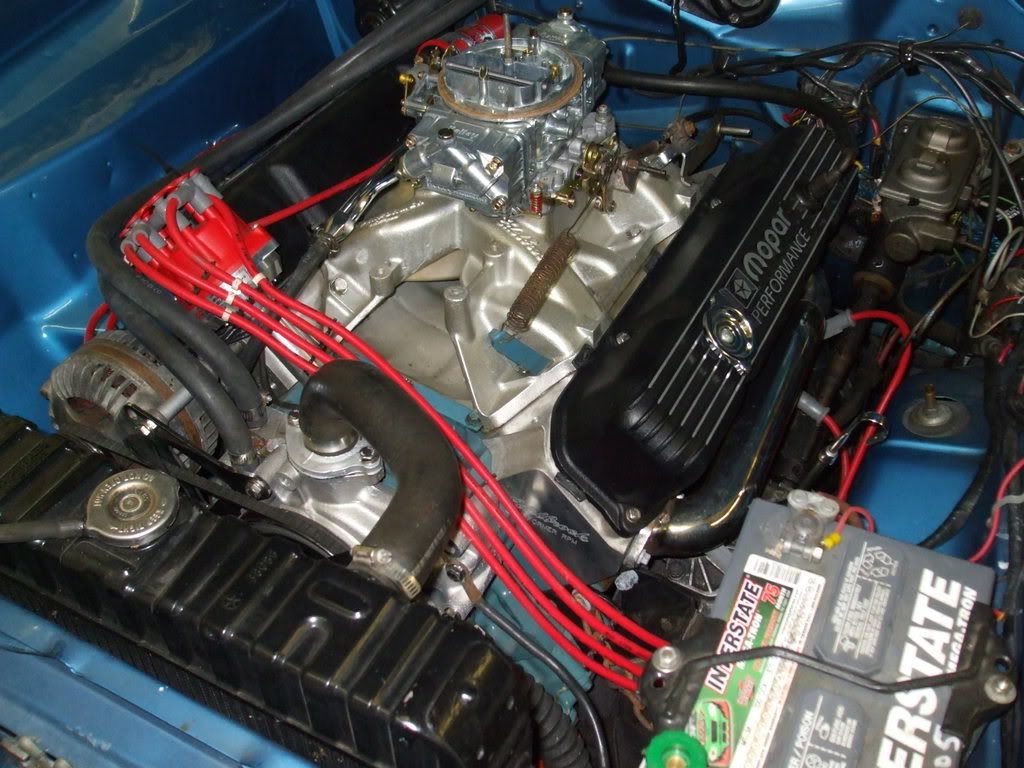Arved
"The first three Georgia Lees had a set of crossed flags (a Confederate flag and checkered flag) on the panel between the rear window and trunk lid. Although four sets were created, only three were used. They were discontinued due to the continuity of the General Lee graphics, making it one less thing to be used. The three surviving cars went back to California and had the crossed flags removed upon reconditioning."
Anyone make this as a decal (for either the 1/16th or 1/25th scale models - I'd be interested in one for my 1/25th scale model)?
Answer, yes, but I believe it's useless. A couple available via eBay, but all are printed on white decal stock. That's fine for the flags themselves, but horrid for having to cut them out perfectly. Edit: I think I figured out how to use them. Use just the flags, and use black decal stripes for the flag staffs.
I deeply regret not buying an ALPS MD series printer back in the day, although getting it to behave with today's OSs might prove tricky (perhaps the greatest understatement on this board).
I am not impressed with the kit's molded on windsheild wipers. It's going to take some work to remove them and replace with PE.
The brush guard is also going to take some work/refabrication:

Note: First 5 episodes filmed in GA, with LEE1 through 3 plus 2 to 3 more, and these had the crossed flags on the rear valance panel. Template for the brush guard was published in January 2002 Scale Auto magazine, and available here. That looks more like the "wide California" than the Georgia version. The "Georgia" version was simply welded to the front bumper. The "Wide California" version had to be trimmed to clear jump ramps on those cars used for jumps.
Note: First 5 episodes filmed in Georgia with LEE1 through LEE3.
A 6 point roll cage is included in the kit. All references I've found state the roll cage was a 3 point, but it looks like a 2 point. That is, it's a simple inverted U with a diagonal brace, lacking any strut to restrict fore/aft bending. For the TV series, the roll cage was bent from exhaust tubing and had padding added. Makes sense: it was for looks only, and as noted above, there were hundreds of cars eventually used for the series. Roll cages were ommited on some cars used for interior shots, so those of you ommitting the roll cage have precedence.
"Engines in the TV show General Lees varied; 318, 383, 440-cubic-inch engines, and one 511 Hemi was used in Bo's GENERAL LEE. None of the TV series cars had the 426 Hemi, although in the 2005 The Dukes of Hazzard motion picture, Cooter replaced the "General's" original engine with a Chrysler 426 Hemi engine. However, the "close-up" Lees (except for the first one) were 383-powered. The special purpose built "Ski Car" (the car that was used for stunts involving driving on the left side or right side wheels with the opposite side wheels in the air) had a 318, as it was lighter weight. Most of the 'workhorse' stunt cars had 383s and 440s. The stunt drivers tended to prefer 440s (a higher performance engine) for jumps, so 440-powered stunt Lees were often saved for the higher bobby and longer jumps. Also, though early sound effects led many people to believe otherwise, only a handful of Chargers had manual transmissions; most had 727 TorqueFlite automatic transmissions." - Wikipedia
LEE1 had a 383. Here's a photo from it's auction:

The car was nearly destroyed filming the opening scene jump, but because it was in that opening scene, it's also the only one of the cars used to be seen in each and every episode. :-P
"After General Lee LEE1 was reused later in the show in episode 4, "Repo Men". It was painted a dark blue/green color with a big "71" on the top and had Nascar sponsor decals on the side. The American Racing Vectors were replaced with gold painted steel rims." - On Screen Cars
Back to the engine. I think the kit engine is a 426 Hemi? Any good Mopar guys confirm or deny? If so, what's the best 1/25 383 I can substitute for a more accurate model?
426 Hemi has the spark plugs in the center of the combustion chamber, requiring the spark plugs and wires to go through the valve cover:

The 383 (and 440, both commonly used on General Lees) did not:

Then there are the wheels, but I'll leave that for another day. I may have to reconsider this model. The more you know, the more impossible to model. LOL